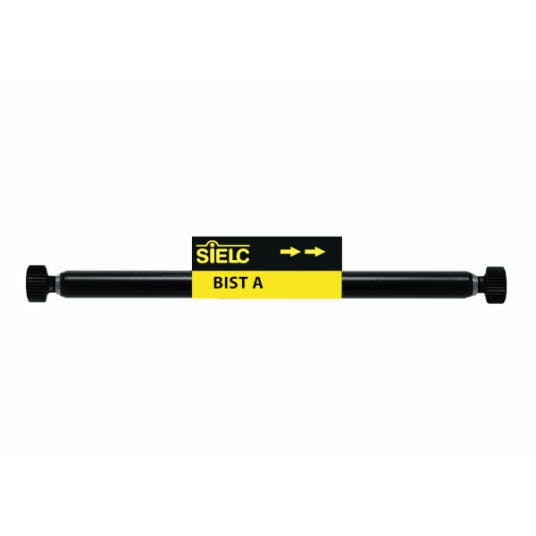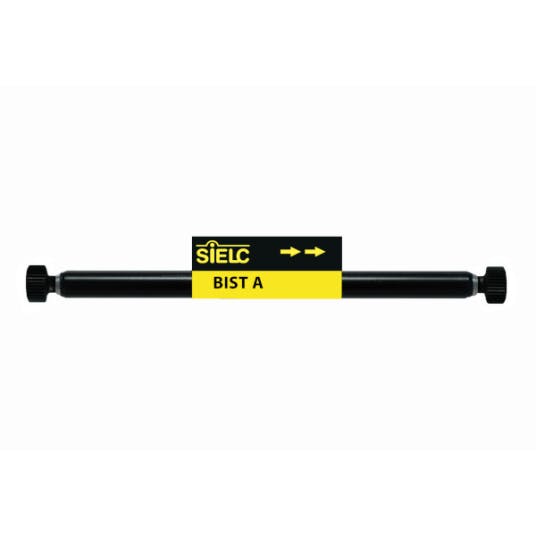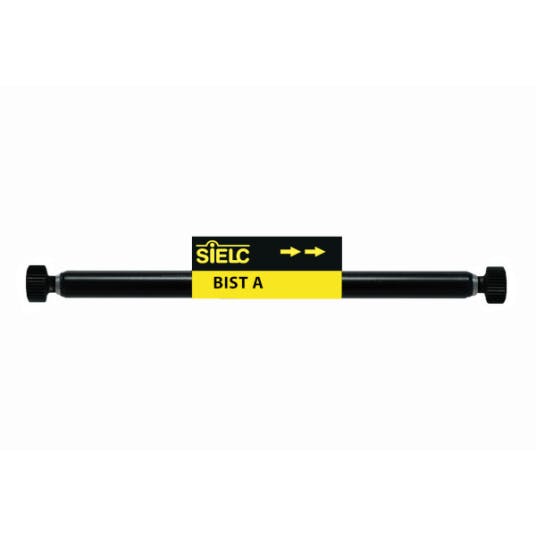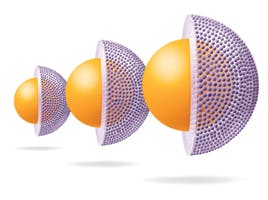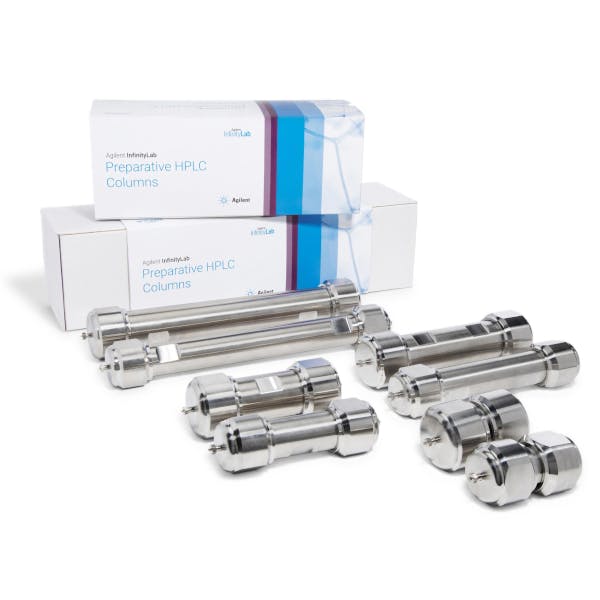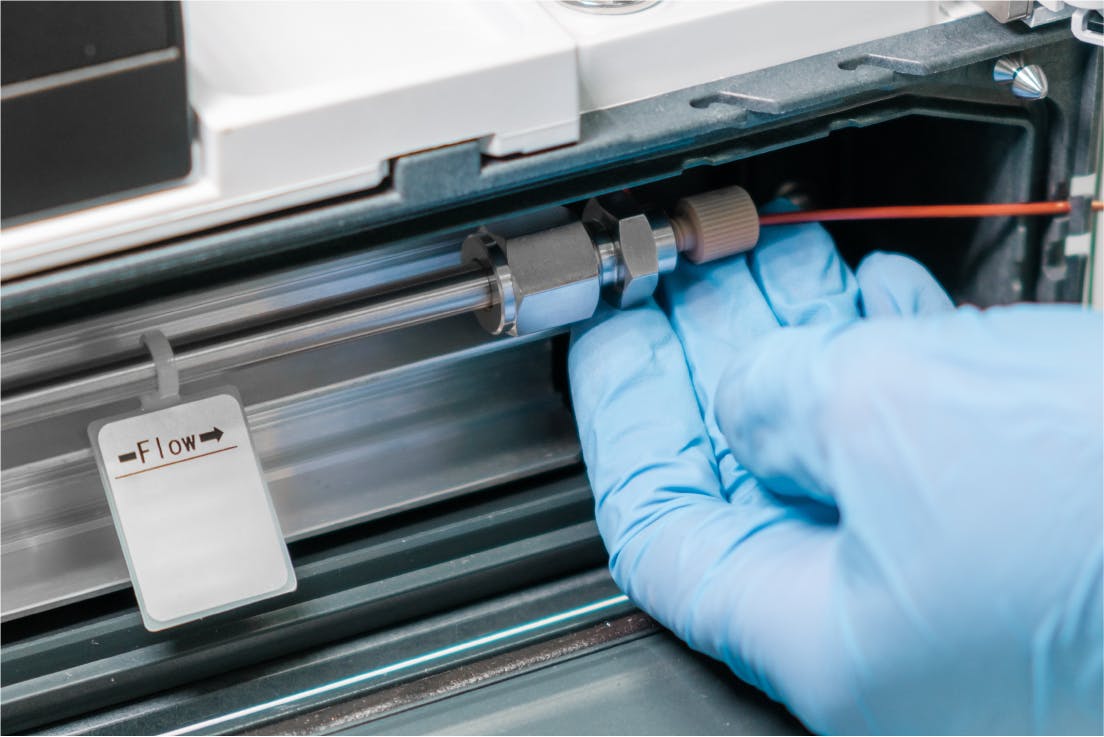
09 Aug 2023
SiELC BIST Columns and the Versatility of Mixed-Mode Chromatography

SiELC's Bridged Ion Separation Technique (BIST) columns represent a groundbreaking advancement in HPLC that has improved method development for challenging samples.
BIST columns are designed to achieve exceptional retention of analytes with the same charge as the mobile phase, making them an invaluable tool for analytical scientists. The BIST offering includes various phases, both cation and anion exchange, each tailored to specific analytical requirements:
- BIST A: This negatively charged silica-based cation-exchange HPLC column, featuring hydrophilic properties, relies on a multi-charged positive buffer to act as a bridge between negatively charged analytes and the negatively charged column surface. The mobile phase comprises primarily organic solvent, such as acetonitrile, to minimize solvation layer formation around charged analytes.
- BIST A+: A negatively charged silica-based cation-exchange HPLC column with hydrophilic properties, BIST A+ provides even stronger retention for negatively charged molecules compared to BIST A. Alternatively, it can be operated with a lower concentration of the organic modifier in the mobile phase to achieve similar results to BIST A.
- BIST B: The positively charged silica-based anion-exchange HPLC column, with hydrophilic properties, excels in analyzing molecules with a high number of positive charges. Common applications include polyimine, polylysine, and glucosamines.
- BIST B+: Similar to BIST A+, BIST B+ is a positively charged silica-based anion-exchange HPLC column with hydrophilic properties. It offers increased retention for positively charged molecules, under similar conditions as BIST B, and can be operated with a lower concentration of the organic modifier in the mobile phase for comparable results.
Mixed-Mode Columns from SiELC
Mixed-mode HPLC columns have become an indispensable tool for scientists dealing with complex and diverse sample matrices. These columns combine two or more chromatographic interactions, such as reversed-phase, ion-exchange, and hydrophilic interaction, within a single stationary phase. This innovative approach provides exceptional flexibility for separating a wide range of polar and non-polar compounds, offering superior selectivity compared to conventional single-mode columns.
Through significant advancements in design and production, modern Mixed-mode columns now offer enhanced robustness, retention control, and increased capacity, ensuring reliability and efficiency in analytical workflows.
The versatility of mixed-mode columns is particularly valuable in scenarios where traditional single-mode columns, such as C18, fail to deliver the desired separation. They open up new possibilities for method development, especially when dealing with challenging analytes, and offer valuable insights into complex sample mixtures.
Mixed-mode columns are widely used in various industries, including pharmaceuticals, biotechnology, environmental analysis, and food science, to name a few. These columns enable scientists to efficiently analyze complex samples with diverse chemical properties and achieve robust and reliable results.
As well as BIST columns, Element Lab Solutions offer a range of SiELC columns.

